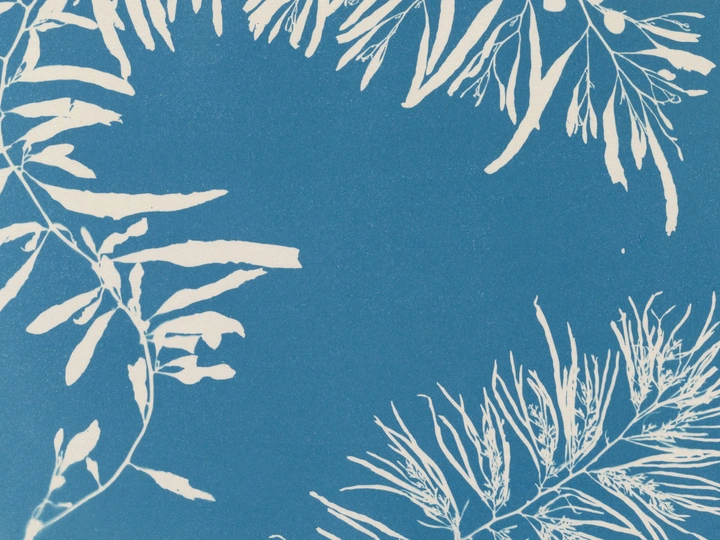We have never been individuals

PhD Architect
Trained between Roma, São Paulo, Santiago de Chile, Porto, Milan.
My research work has been recognized in Italy and abroad. I developed a research project on public spaces in São Paulo for my PhD, resulted in a book “Un’apparente contraddizione. Cultura del Progetto e spazio pubblico a São Paulo”, recently published by Aracne.
In 2019-2020 I was the winner of BAGLIORE (by CheFare with MIBACT and SIAE), a program for writers under35, a 5-month residency concluded with a book on new cultural centers published by Il Saggiatore. Currently I’m writing and editing, with I. Carnicero and H. Elorza, a book for Fundación Arquia in Madrid: called “Echoes of Rome”, it collects the views of more than 50 former Architecture fellows at the Spanish Academy in Rome, throughout its 150 years of history.
As cultural manager I have been working since 2018 for the Spanish Academy in Rome. I coordinated, among others, the exhibition Trame Della Memoria. Architectural Interventions on the Heritage by Enric Miralles and Benedetta Tagliabue EMBT 1992-2022, a project by Fundació Enric Miralles; Lavarse las Manos (performance, exhibition, book) by R. José Galindo, 2019/20, A quel Paese (exhibition, workshop, book) by R. Lopez Cuenca, 2020/21.
Since 2020 I also am the head of the Architecture Public Program of the Spanish Academy in Rome. I coordinated events with guests such as: C. Puga, E. Torres, Flores i Prats, G. Vázquez Consuegra, A. Cánovas, J. Navarro Baldeweg, M. Zorec, C. Pinós, Barozzi-Veiga, T. Girones, E. Valero Ramos, Ted’a arquitectes, H Arquitects, A. Metta, Adamo-Faiden.
I was a founding partner of Studio Gnomone (2013-2021), with which I won the Italian National Council of Architects award for Best installation design 2019 and in 2020 I have been appointed among the “Best Italian Architects and Designers Under 40” by PLATFORM magazine.
I have been Adjunct professor of Landscape Architecture at Sapienza University and UNICAM Ascoli Piceno.
I would like to write a history of stories about Rome.
But, not told by humans. Let it be told by non-humans, by vegetation.
If we find infinite narratives of the city of Rome, more or less academic, more or less literary, more or less beautiful, all are however written from a human point of view.
Concerning the ratio between green vs. built up areas, Rome occupies the first place among European cities (300.000 trees and 68% of the territory allocated to green areas).
It seems logical, however ambitious, to let this preponderant part narrate the whole thing, for once.
The project I propose, therefore, is an attempt to overturn the narrator, and let the vegetation tell us about the city. The result could be a publication: a non-exhaustive, omnivorous col-lection of stories gathered around vegetation: stories of people, places, events and possibili-ties.
It is freely inspired by the theories of multispecies feminist Donna J. Haraway, who, during spiraling ecological devastation, offers provocative new ways to reconfigure our relations to the earth and all its inhabitants. The title “We have never been individuals” refers to the recognition of the “holobiont” – the multicellular eukaryote plus its colonies of persistent symbionts – as a critically important unit of anatomy, development, physiology, immunology, and evolution.
Considering these inspirations, the urban stories of Rome should also be told by those who, like humans, generate, influence and suffer them.
Even if we can talk about a single mechanism of the biosphere, there is a part, the vegetal one, on which all the whole remaining living world inextricably depend.
That’s because among all non-humans, I choose plants as storytellers.
The publication I have in mind is a mix between a fictional story, a scientific essay, and an imaginative travel diary. This is why I find Lina's fellowship is the right context in which to de-velop this very non-canonical project.